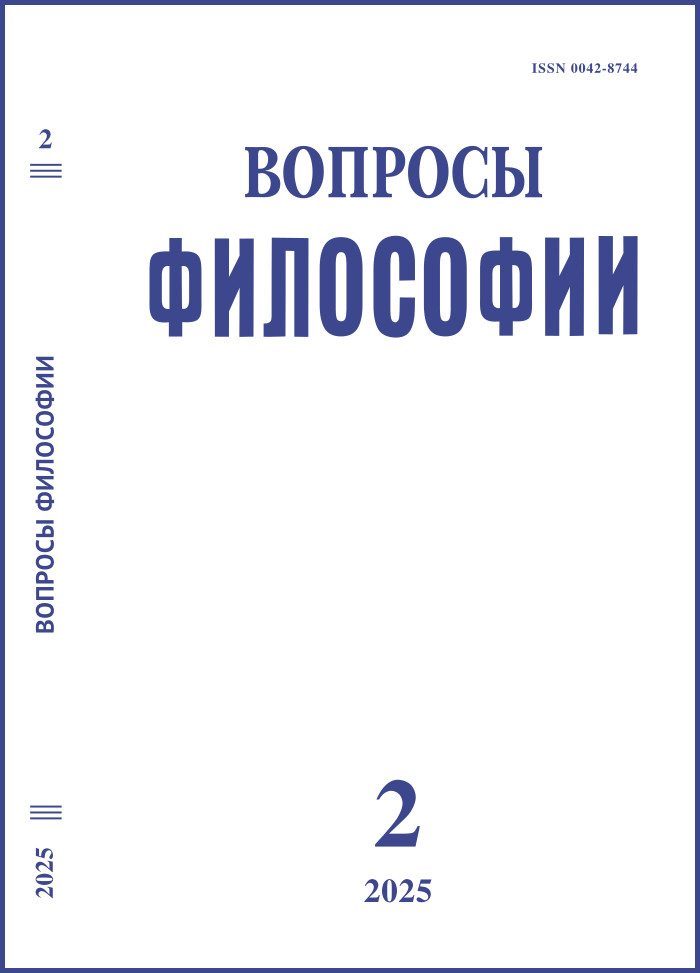Письмо Герберта Аврилакского о площади равностороннего треугольника: философско-богословский аспект. Письмо Герберта, аббата Боббио и впоследствии архиепископа Равенны, к Адельбольду – о причине различия между площадями равностороннего треугольника, рассмотренного геометрически и арифметически. Пер. с латыни А.А. Артамонова
DOI:
https://doi.org/10.21146/0042-8744-2025-2-138-144Ключевые слова:
Герберт Аврилакский, Сильвестр II, Адельбольд Утрехтский, Боэций, integritas fidei, unitas, квадривий, средневековая математикаАннотация
Вниманию читателя предлагается перевод письма Герберта Аврилакского «О причине различия между площадями равностороннего треугольника», адресованного Адельбольду Утрехтскому и написанного около 999 г. В истории западной математики письмо известно как «первый математический текст Средних веков, заслуживающий такого наименования» (такую характеристику ему дал Г. Ганкель в 1874 г.). Автор письма, будучи интеллектуальным светилом эпохи Оттоновского возрождения, сегодня известен как крупнейший западный математик и философ своего времени. При этом творческое наследие Герберта Аврилакского по-прежнему остается недостаточно изученным. Представленное в публикации письмо служит иллюстрацией математического мышления Герберта и вместе с тем демонстрирует специфику его философского мировоззрения – результата переосмысления интеллектуального наследия Боэция, в частности, метафизического подхода к математике, не интересовавшего западных интеллектуалов после смерти Боэция. В письме автор разбирает геометрический и арифметический подходы к измерению площади равностороннего треугольника, Герберт указывает на то, что эти подходы дают разные результаты, и предлагает собственное решение данного противоречия. В предложенном решении Герберт демонстрирует специфический подход к соотношению целостности фигуры и целостности квадратных единиц измерения площади. Употребление в письме формулировки «целостность веры» (integritas fidei) в сочетании с метафизическими взглядами Герберта на математику позволяет применить его геометрические идеи к истолкованию его философско-богословского мировоззрения.

